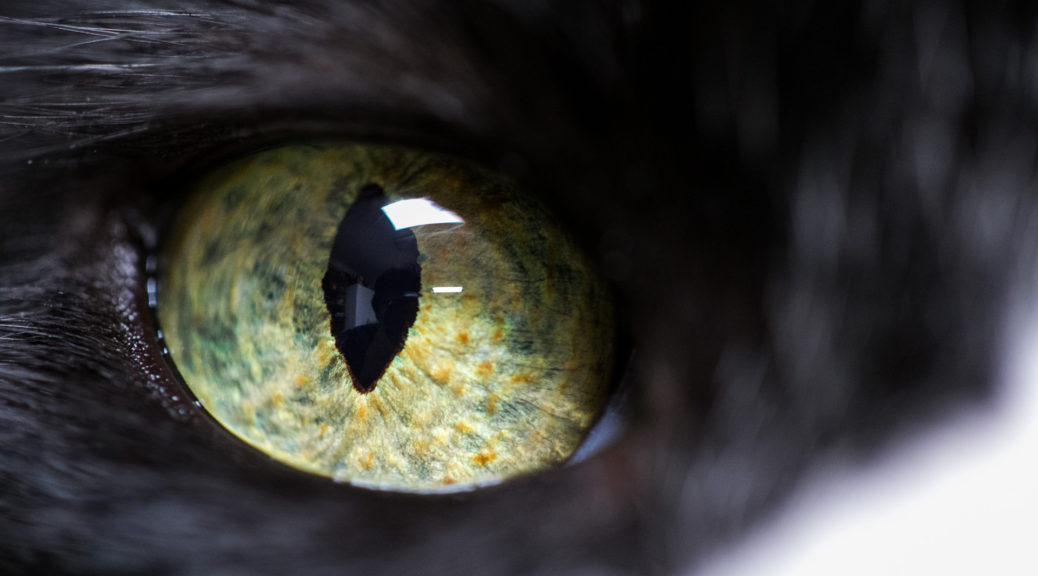It’s match week. Read about the residency match system in a previous post Schrödinger’s Match; it features cats. I thought I’d share my personal statement, pasted below.
Today at 11 am, I will find out if I failed to match to my first-year “preliminary” residency or my radiology residency. If I didn’t, my life will be in shambles and I would spend the week frantically vying for leftover slots around the country. Hopefully not. <1% chance, I estimate.
On Friday at noon, I will open an envelope determining the next five years of my life. I’ve estimated the probabilities and I have my guesses for where I’ll end up. We’ll see. How will I react in that moment though? Will I laugh? Will I cry? How shall I celebrate/commiserate with my friends and classmates there with me? Who do I call/text?
That moment will lift the decision paralysis that has been plaguing me. March 16th has been a dark wall of uncertainty for months past which I have been unable to conceptualize in any aspect of life. Where I’m going to live, what to plan with my music friends, what to do about relationship planning, etc.
Well, I guess there was one certainty: I am meant for radiology, which I’ve known for a long time… How long? Well, my personal statement was submitted in Sept. ’17, but I had it outlined concretely in Oct. ’16. Text transcripts suggest I had an inkling as early as Jan ’16, before Step 1. This essay explains why the choice was so easy to just see. Enjoy.
Personal Statement
I like to joke that I’m becoming a radiologist because, as a photographer, I already work in a dark room all day looking for minute details in serial images. Photographers and radiologists even share vocabulary like field of view, overexposure, and superimposition. I too have requisitioners hounding me for instantaneous results — except they’re newlyweds instead of referring physicians!
Those are superficial similarities, but radiology actually does utilize the spatial reasoning I’ve honed throughout the years. Before buying my camera, I was an organic chemistry nerd who didn’t need a model set to “just see” the molecules; I studied advanced synthesis to expand my own understanding of 3D stereochemistry, then I taught post-baccalaureate organic chemistry for three years to deconstruct it into a form that I could pass onto others. Before that, I was a puzzle game enthusiast who wrote strategy guides for board games, programmed emulators, and entered coding competitions with my game-playing AIs. Before even that, I was a competitive one-handed Rubik’s Cube solver, and my specialized algorithm set has percolated through the new generation of cubers. My ability to just see has proven useful in colorful ways: for positioning in macro photography, for valuating a knight on a chessboard, or for quickly recognizing patterns on a cube.
Thus, it was no surprise that, upon starting medical school, radiology was my most interesting and intuitive subject. I used my instinctive understanding of cross-sectional imaging as my foundation for learning anatomy and physiology. I’ve always known that imaging was powerful, but I didn’t realize how ubiquitous it was until my clinical rotations. Surgeries were steered by preparatory images, patients were discharged from the ED with negative scans, lives were changed by incidental findings and sharp eyes, and neurology seemed entirely driven by the power to peer through the skull. When stumped, clinicians were most reassured by a face-to-face conversation and a live walkthrough of a scan with a trusted radiologist.
Perhaps for that reason, radiologists have a culture of constant teaching — to students, to junior radiologists, to inquiring clinicians — and I treasure that spirit of academic camaraderie. The neuroradiologists I have worked with on research projects have all been so receptive, welcoming me into their workflow and patiently explaining findings. Even though I’m still just a medical student learning to read, through my project on the psychology of the reading workflow, I hope I returned the favor by providing useful statistical insight to the radiologists who helped me. I’ve always embraced the educational aspect, such as by writing game guides or sharing cubing algorithms or teaching chemistry, so I hope to find an explicit teaching role in radiology.
As a field, radiology will continue to grow as we move toward screening for preventive medicine and minimally invasive procedures, and it will continue to evolve as we integrate novel advanced technologies into practice. Also, I know that on a human level, despite seldom being on the front lines of patient care, radiologists matter. [Redacted: two sentences describing radiology-related events that have affected me personally but keep private.] I know.
By seeing more, by peering deeper into the bodies of their patients, radiologists serve to draw the maps, set the compass, and inform the care that we all strive to deliver. Radiology is what my mind’s eye has been looking for: a discipline where the ability to “just see” is truly meaningful.
